
Inez Milholland Boissevain was a leading American suffragist, lawyer, and peace activist.

Frances Elizabeth Caroline Willard was an American educator, temperance reformer, and women's suffragist. Willard became the national president of Woman's Christian Temperance Union (WCTU) in 1879 and remained president until her death in 1898. Her influence continued in the next decades, as the Eighteenth and Nineteenth Amendments to the United States Constitution were adopted. Willard developed the slogan "Do Everything" for the WCTU and encouraged members to engage in a broad array of social reforms by lobbying, petitioning, preaching, publishing, and education. During her lifetime, Willard succeeded in raising the age of consent in many states as well as passing labor reforms including the eight-hour work day. Her vision also encompassed prison reform, scientific temperance instruction, Christian socialism, and the global expansion of women's rights.

Mary Livermore was an American journalist, abolitionist, and advocate of women's rights. Her printed volumes included: Thirty Years Too Late, first published in 1847 as a prize temperance tale, and republished in 1878; Pen Pictures; or, Sketches from Domestic Life; What Shall We Do with Our Daughters? Superfluous Women, and Other Lectures; and My Story of the War. A Woman's Narrative of Four Years' Personal Experience as Nurse in the Union Army, and in Relief Work at Home, in Hospitals, Camps and at the Front during the War of the Rebellion. She wrote a sketch of the sculptor Anne Whitney for Women of the Day and delivered the historical address for the Centennial Celebration of the First Settlement of the Northwestern States in Marietta, Ohio on July 15, 1788.

Women in journalism are individuals who participate in journalism. As journalism became a profession, women were restricted by custom from access to journalism occupations, and faced significant discrimination within the profession. Nevertheless, women operated as editors, reporters, sports analysts and journalists even before the 1890s in some countries as far back as the 18th-century.
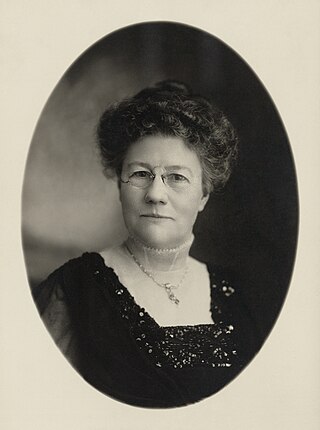
Ida Husted Harper was an American author, journalist, columnist, and suffragist, as well as the author of a three-volume biography of suffrage leader Susan B. Anthony at Anthony's request. Harper also co-edited and collaborated with Anthony on volume four (1902) of the six-volume History of Woman Suffrage and completed the project by solo writing volumes five and six (1922) after Anthony's death. In addition, Harper served as secretary of the Indiana chapter of the National Woman Suffrage Association, became a prominent figure in the women's suffrage movement in the U.S., and wrote columns on women's issues for numerous newspapers across the United States. Harper traveled extensively, delivered lectures in support of women's rights, handled press relations for a women's suffrage amendment in California, headed the National American Woman Suffrage Association's national press bureau in New York City and the editorial correspondence department of the Leslie Bureau of Suffrage Education in Washington, D.C., and chaired the press committee of the International Council of Women.
The Illinois Woman's Press Association (IWPA) is an Illinois-based organization of professional women and men pursuing careers across the communications spectrum. It was founded in 1885 by a group of 47 women who saw a need for communication and support between women writers. The organization was incorporated on June 26, 1907.

Alice Parker Lesser was an American lawyer, suffragist, and clubwoman based in Boston, Massachusetts.

Lillian A. Lewis was the first African-American woman journalist in Boston. She started her career in the 1880s with the Boston Advocate, a Black community newspaper, and in the 1890s began writing for the Boston Herald. To disguise her gender, she used the pen name "Bert Islew".

The New England Woman's Press Association (NEWPA) was founded by six Boston newspaper women in 1885 and incorporated in 1890. By the turn of the century it had over 150 members. NEWPA sought not only to bring female colleagues together and further their careers in a male-dominated field, but to use the power of the press for the good of society. The group raised funds for charity and supported women's suffrage and other political causes.

Mary G. Charlton Edholm was an American reformer and journalist. She worked as a journalist for twenty years.

Ella M. S. Marble was an American physician who worked as a journalist, educator, and activist earlier in her career. From girlhood, she took an active interest in any movement calculated to advance the interests of women. Interested in literary and philanthropic work, Marble served as president of the District of Columbia Federation Womans' Clubs, numbering ten societies and 2,500 members ; president, District Federal; vice-president, Womans' National Press Association for state of Maine; president, Minnesota State Suffrage Association; president, Minneapolis City Suffrage Association; president, Washington City Suffrage Association; Secretary, Pro Re Noto; and secretary, White Cross Society of Minneapolis.

Sallie Flournoy Moore Chapin was an American author and temperance worker. She was affiliated with the Ladies' Memorial Association, Soldiers' Relief Society, Ladies' Auxiliary Christian Association, Woman's Christian Temperance Union (W.C.T.U.), and the Woman's Press Association of the South.
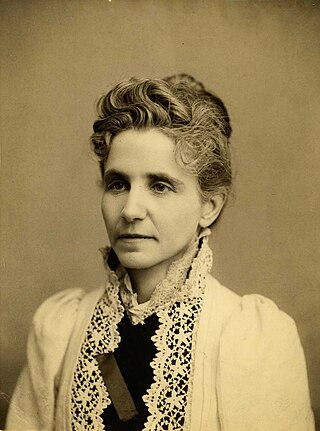
Laura M. Johns was an American suffragist and journalist. She served as president of the Kansas State Suffrage Association six times, and her great work was the arrangement of thirty conventions beginning in Kansas City in February, 1892. She also served as president of the Kansas Republican Woman's Association, superintendent of the Kansas Woman's Christian Temperance Union, and field organizer of the National American Woman Suffrage Association (NAWSA). Johns died in 1935.

Women's suffrage in Virginia was granted in 1920, with the ratification of the Nineteenth Amendment. The General Assembly, Virginia's governing legislative body, did not ratify the Nineteenth Amendment until 1952. The argument for women's suffrage in Virginia began in 1870, but it did not gain traction until 1909 with the founding of the Equal Suffrage League of Virginia. Between 1912 and 1916, Virginia's suffragists would bring the issue of women's voting rights to the floor of the General Assembly three times, petitioning for an amendment to the state constitution giving women the right to vote; they were defeated each time. During this period, the Equal Suffrage League of Virginia and its fellow Virginia suffragists fought against a strong anti-suffragist movement that tapped into conservative, post-Civil War values on the role of women, as well as racial fears. After achieving suffrage in August 1920, over 13,000 women registered within one month to vote for the first time in the 1920 United States presidential election.
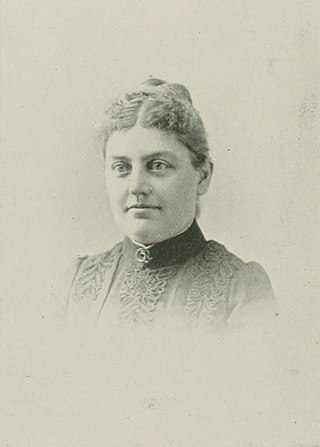
Mary Agnes Dalrymple Bishop was an American journalist, newspaper editor, and newspaper publisher. She was an accomplished linguist, and throughout her life, continued to study languages with various teachers.
Marion Hamilton Carter (1865-1937) was an American Progressive Era educator, psychologist, children's literature editor, short story writer, and artist. In her prime, she worked as a muckraker journalist, magazine editor, women's suffrage advocate, and novelist. She was an early member of the Authors League of America, and published short fiction and nonfiction in popular magazines of the day. She is best known today for her suffrage novel, The Woman With Empty Hands: The Evolution of a Suffragette.

Eva Munson Smith was an American composer, poet, and author. She was the author of Woman in Sacred Song (1885), a representative work of what women have done in hymnology. She was the author of a large number of temperance songs and other works, which became very popular. Her poems appeared in Poets of America and other standard works. Her best known productions were "Woodland Warblings", "American Rifle Team March", and "I Will Not Leave You Comfortless".
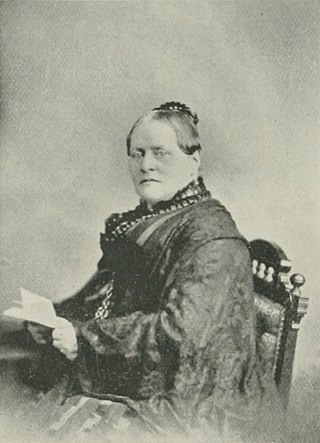
Martha H. Mowry was an American physician, the first woman physician in the state of Rhode Island. Her greatest achievement was in aiding the opening up the field of medicine for women in the U.S. She was also a pioneer in the suffrage cause and in many reforms for human welfare.
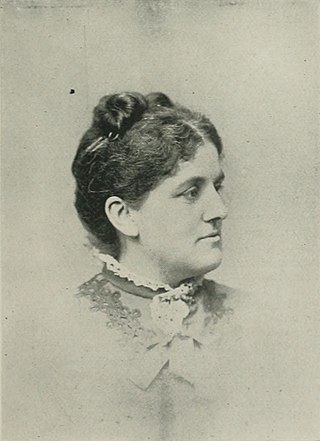
Harriette R. Shattuck was an American author, parliamentarian, teacher of parliamentary law, and pioneer suffragist. Shattuck served as assistant clerk of the Massachusetts House of Representatives in 1872, being the first woman to hold such a position. She wrote several books, including The Story of Dante's Divine Comedy (1887), Our Mutual Friend: A Comedy in Four Acts, Dramatized from Charles Dickens (1880), The "national" Method (1880), Marriage, Its Dangers and Duties (1882), Little Folks East and West (1891), Woman's Manual of Parliamentary Law (1891), The Woman's Manuel of Parliamentary Law (1895), Shattuck's Advanced Rules for Large Assemblies (1898), Our Mutual Friend: A Comedy, in Four Acts (1909), and Shattuck's Parliamentary Answers, Alphabetically Arranged (1915).


















